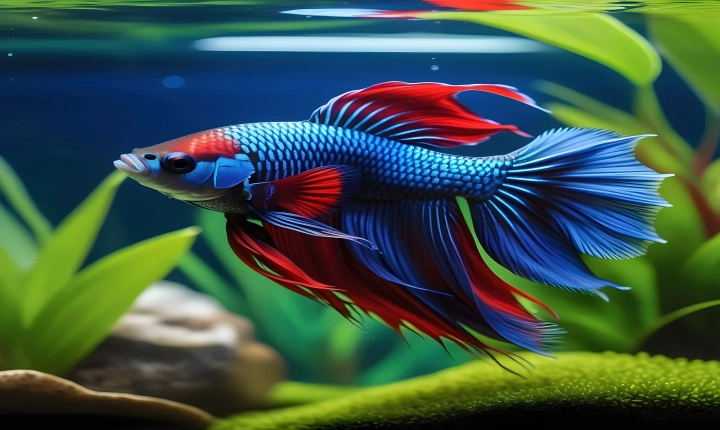Title: How to Apply Lighting and Shading Effects in Adobe Illustrator
Adobe Illustrator is a powerful tool for creating stunning illustrations and graphics. Adding lighting and shading effects to your artwork can help bring depth and realism to your designs. In this article, we will explore the various ways you can apply lighting and shading effects in Adobe Illustrator.
1. Using the Gradient Tool:
The Gradient Tool in Illustrator allows you to create smooth transitions between two or more colors. By carefully selecting colors and adjusting the angle and intensity of the gradient, you can create simple lighting and shading effects. For example, you can create a radial gradient to simulate a light source, or a linear gradient to add shadows to an object.
2. Using the Mesh Tool:
The Mesh Tool in Illustrator allows you to create a mesh grid over an object and then manipulate individual anchor points to create gradual changes in color and tone. This is a powerful tool for creating realistic shading effects on complex shapes and forms. By adjusting the position and color of the mesh points, you can simulate highlights and shadows on your artwork.
3. Using the Blend Tool:
The Blend Tool in Illustrator allows you to create smooth transitions between two or more objects. This can be used to create realistic shading effects by blending multiple shapes or colors together to create a seamless transition between light and dark areas. By adjusting the spacing and number of steps in the blend, you can control the intensity of the shading effect.
4. Using Opacity Masks:
Opacity masks can be used to apply transparent gradients to objects, allowing you to create subtle and realistic shading effects. By creating a complex gradient and applying it as an opacity mask to an object, you can achieve sophisticated lighting and shading effects. This technique is particularly useful for creating soft and subtle shadows.
5. Using the Appearance Panel:
The Appearance panel in Illustrator allows you to apply multiple effects to an object, including gradients, meshes, and blends. By stacking these effects and adjusting their properties, you can create complex lighting and shading effects. The Appearance panel also allows you to easily make changes to the effects applied to an object, giving you greater control over the final result.
In conclusion, Adobe Illustrator offers a wide range of tools and techniques for applying lighting and shading effects to your artwork. Experiment with different tools and combinations of effects to achieve the desired results. Whether you are creating illustrations, icons, or logos, adding lighting and shading effects can take your designs to the next level. With practice and creativity, you can master the art of lighting and shading in Adobe Illustrator and create stunning and realistic artwork.
